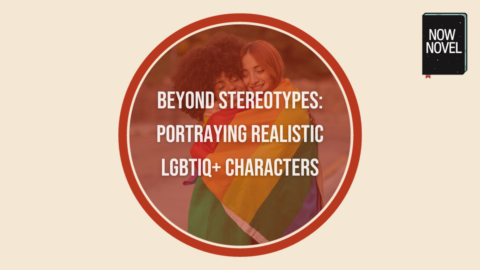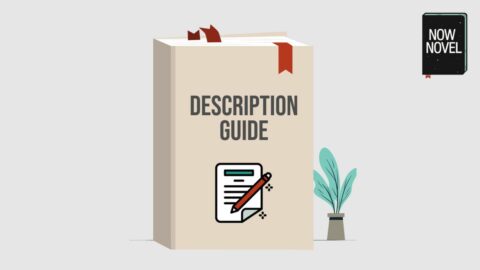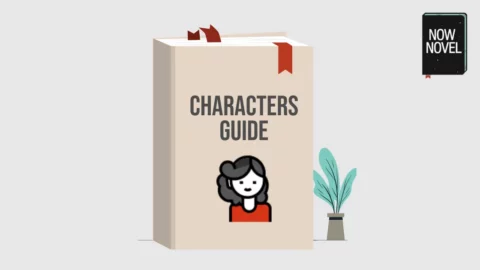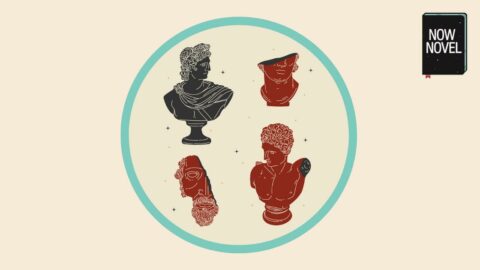There are two main ways to reveal characters: direct characterization, and indirect characterization. What defines these two characterization types, and what are the strengths and weaknesses of each?

Read Now Novel’s best character writing blog posts below. Learn how to create a cast for your story that is rich with bold personalities. The best stories make it easy for us to connect with characters and become invested in their story outcomes. Learn how to describe characters’ faces, postures, speech and more. You can also find helpful guides on creating conflict between characters, different kinds of relationships between members of the cast of your story and more.

There are two main ways to reveal characters: direct characterization, and indirect characterization. What defines these two characterization types, and what are the strengths and weaknesses of each?

Portraying realistic, credible and relatable LGBTIQ+ characters is within your grasp. Read on for tips and how to avoid the 10 tropes

Here are some tips to reclaim your writing groove and get back into that writer’s seat

Character development questions about goals, motivations, conflicts, fears, typical habits, personality and more help build rich characterization. Read 100 questions.

Descriptive writing brings stories and characters to life. Read tips on how to describe places and characters, descriptive writing examples from a selection of genres, and more.

What is conflict’s role in plot? In a plot, conflict creates untenable situations that make resolution vital. It moves events in a direction. Learn more.

What are dynamic characters and static characters? Read definitions and tips to use each type of character well in your stories.

Creating characters who spring to life on the page is vital for filling your story with people your readers can love, despise, relate to. Read a complete guide to creating characters.

Types of stories such as the seven story archetypes identified by Christopher Booker provide a starting point for writing something entirely your own